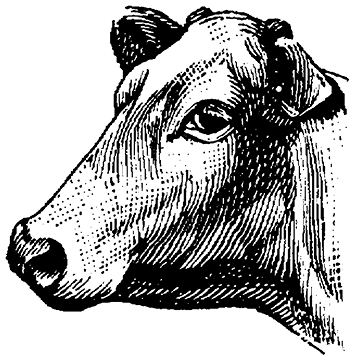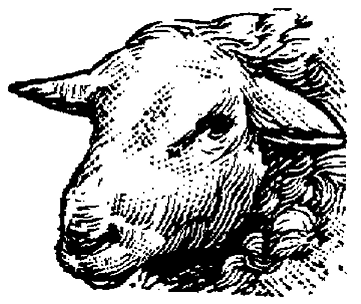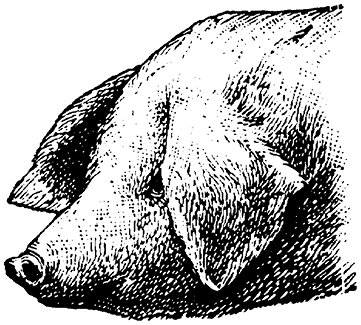Body Condition Scoring System Benefits for Horses and Owners
Body condition score (BCS) is a numerical scoring system from 1 to 9, with 1 indicating extremely emaciated and 9 indicating extremely fat. It is based on the visual and palpable appraisal of the amount of fat covering on the body at certain locations, such as the ribs, tailhead, withers, neck, behind the shoulder, and along the back (Henneke et al.) (Figure 1). This evaluation tool can help horse owners, breeders, and managers maintain proper nutrition practices in order to most effectively keep horses at peak performance and optimum health.




